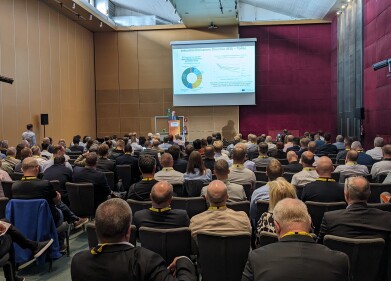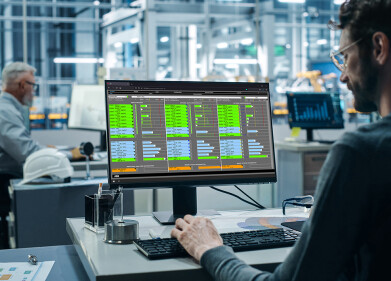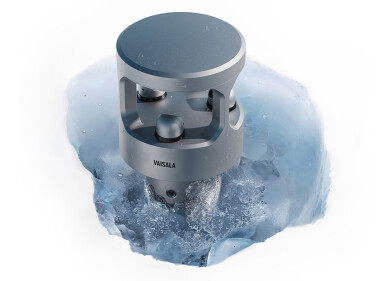Air monitoring
Lowering Limit Values for Cs2 and Other Chemicals in Workplace Air Boosts Demand for Higher Sensitivity Thermal Desorption Methods
Jan 01 2000
CS2 is of particular interest because personal exposure to airborne chemicals at work (industrial hygiene) has historically been measured using a manual solvent extraction method with CS2 solvent. With the introduction of the new lower 5 ppm limit for CS2, any laboratory analyst using old solvent extraction methods for occupational hygiene is, potentially, at higher risk of exceeding personal exposure thresholds than workers on the factory floor.
Moreover, with the introduction of lower limits for many chemicals, old solvent extraction methods no longer offer the sensitivity required. Limits are now so low for many common chemicals that the higher sensitivity of thermal desorption (TD) makes it the only feasible analytical option.
The use of sampling tubes with TD for workplace air totally eliminates CS2 and facilitates much lower detection limits for workplace air monitoring. Elizabeth Woolfenden, Director of Markes International (UK), one of the world’s leading suppliers of thermal desorption instrumentation, explains: “With thermal desorption, 100% of the chemicals trapped on your sorbent tube can be transferred to the analytical system, if required. This means you get at least a thousand times more sensitivity than older charcoal/CS2 methods. TD is the perfect answer to lowering air concentrations and because it is much easier to automate, it also reduces monitoring costsâ€.
The trend towards adoption of TD methods for all occupational hygiene and industrial air monitoring applications has been recognised and supported by the publication of multiple nationaland international standard methods over recent years. Key examples include: EN ISO 16017, ASTM D 6196, NIOSH 2549, UK HSL MDHS 72/80, etc. All these methods include workplace air monitoring in their scope.
Digital Edition
AET 28.4 Oct/Nov 2024
November 2024
Gas Detection - Go from lagging to leading: why investment in gas detection makes sense Air Monitoring - Swirl and vortex meters will aid green hydrogen production - Beyond the Stack: Emi...
View all digital editions
Events
Jan 12 2025 Abu Dhabi, UAE
Jan 14 2025 Abu Dhabi, UAE
Jan 20 2025 San Diego, CA, USA
Carrefour des Gestions Locales de L'eau
Jan 22 2025 Rennes, France
Safety, Health & Wellbeing LIVE
Jan 22 2025 Manchester, UK



















